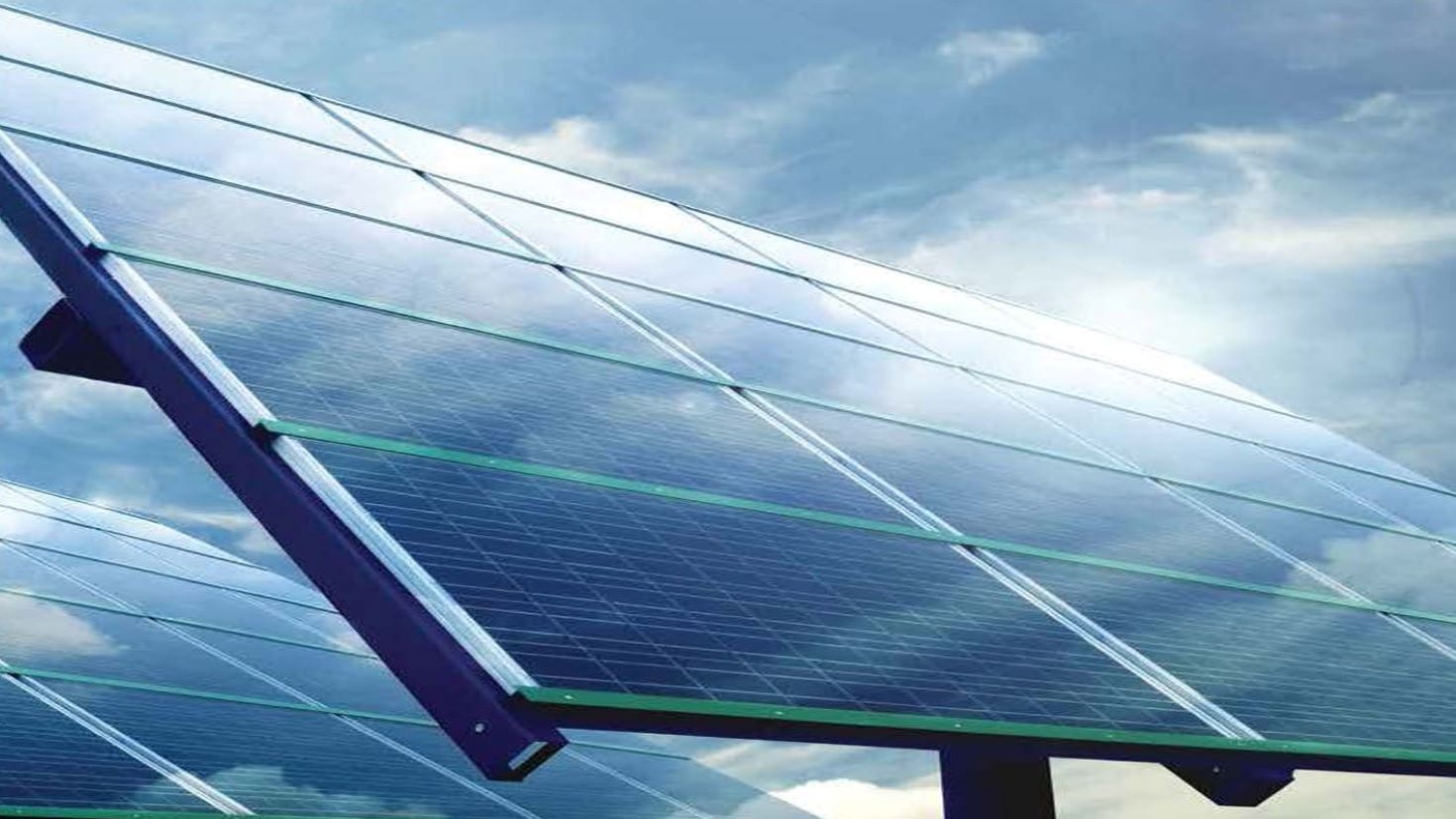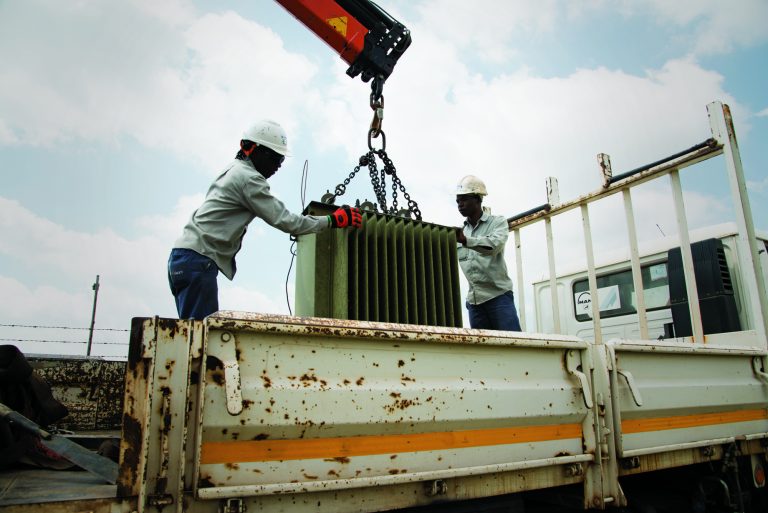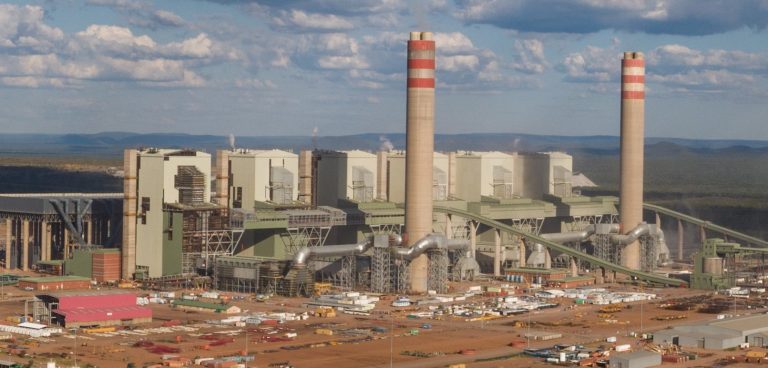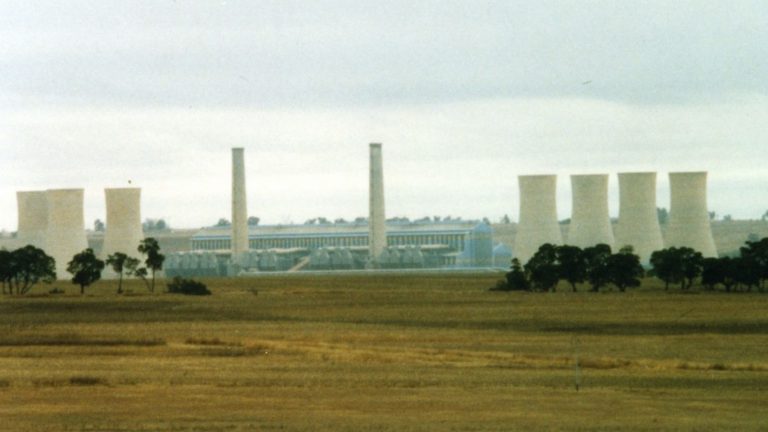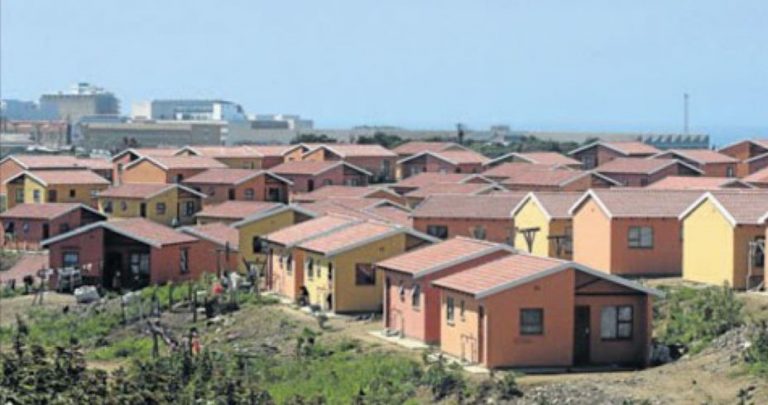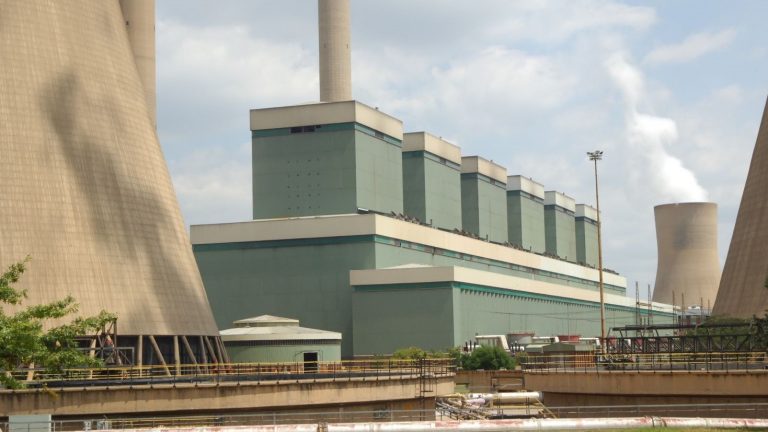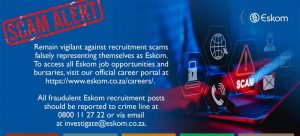Eskom remains committed to Small Scale Embedded Generator (SSEG) integration; solar installations up to 50kW may qualify for an exemption from legislated registration-related fees until March 2026.
Tuesday, 11 February 2025: With more and more solar systems pushing energy onto the grid, the safety of the grid has become a critical focus for both performance and the safety of staff working on it. Eskom remains committed to the seamless integration of Small-Scale Embedded Generators (SSEG) into its network while ensuring adherence to all regulatory and safety guidelines. To facilitate this process, Eskom continues to support the registration of all grid-tied installations in accordance with the National Energy Regulator of South Africa (NERSA) requirements.
Since 2020, Eskom has actively engaged with customers and other stakeholders to raise awareness about the importance of registering SSEGs. Further to this, Eskom customer bill inserts from the month of May 2021 included a ‘Connect’ publication titled ‘Information on Small Scale Embedded Generation. Since that time, Eskom has held several provincial customer engagements with various associations including SAPVIA, SAPOA and AgriSA, and has driven media campaigns. The details and attendance registers are available. The FAQs on SSEGs are available at https://www.eskom.co.za/distribution/small-scale-embedded-generators/.
To further encourage registration and compliance, Eskom intensified its campaign starting in 2023. Residential customers with unregistered SSEG installations up to 50kW (typically 5 to 10kW for households) could qualify for an exemption from registration-related fees (application, tariff conversion, and connection fees) until March 2026. After this period, standard charges will apply.
This initiative was launched during severe loadshedding periods when Eskom decided to waive connection charges for residential rooftop solar installations. This decision was in response to the Energy Action Plan and supported incentives such as the tax rebate for solar installations offered by the South African Revenue Services. The goal was to help customers mitigate the impact of loadshedding on their daily lives.
All SSEG installations that operate alongside Eskom’s supply, even those not exporting power back into the grid, must be registered with Eskom or NERSA. As a licensed electricity distributor, Eskom ensures that all connections—both load and generation—comply with the required codes, standards, and guidelines set by NERSA. Adhering to these technical standards is crucial for maintaining network security, ensuring the safety of field personnel, and protecting the public.
Municipal-supplied customers are required to engage with their local network providers for the applicable process and requirements.
Generators that operate entirely off-grid and are not connected to Eskom’s electricity network are not required to register. However, owners must provide proof that their systems function independently of Eskom’s supply.
By registering their SSEGs with Eskom, customers will meet regulatory requirements, earn by selling surplus energy to Eskom via net billing, store excess power within the utility framework, and reduce their electricity costs through self-generated power.
Eskom encourages all customers with SSEG installations to register as soon as possible to ensure compliance and gain access to available benefits. For further details, customers can visit Eskom’s official website.
ENDS

